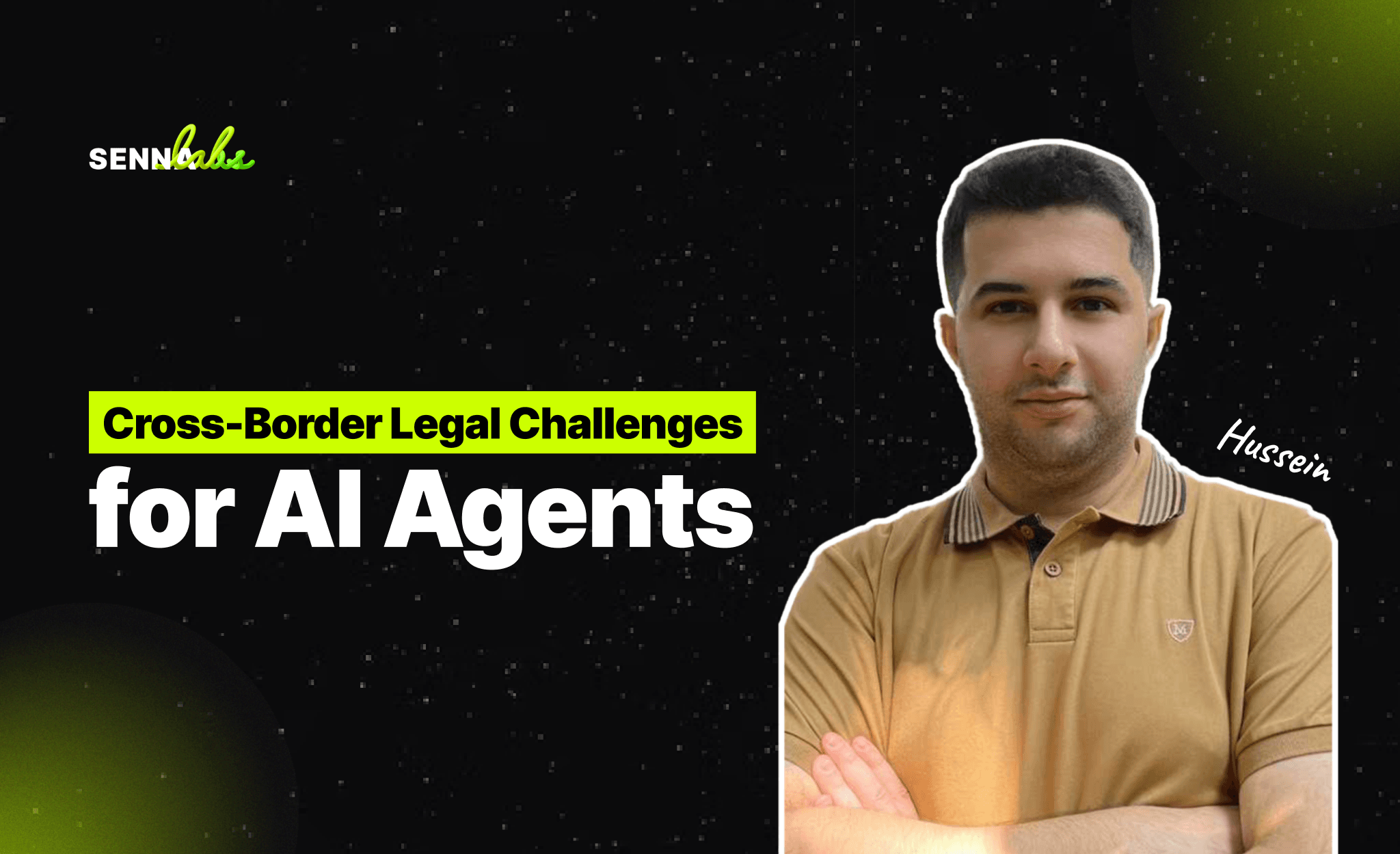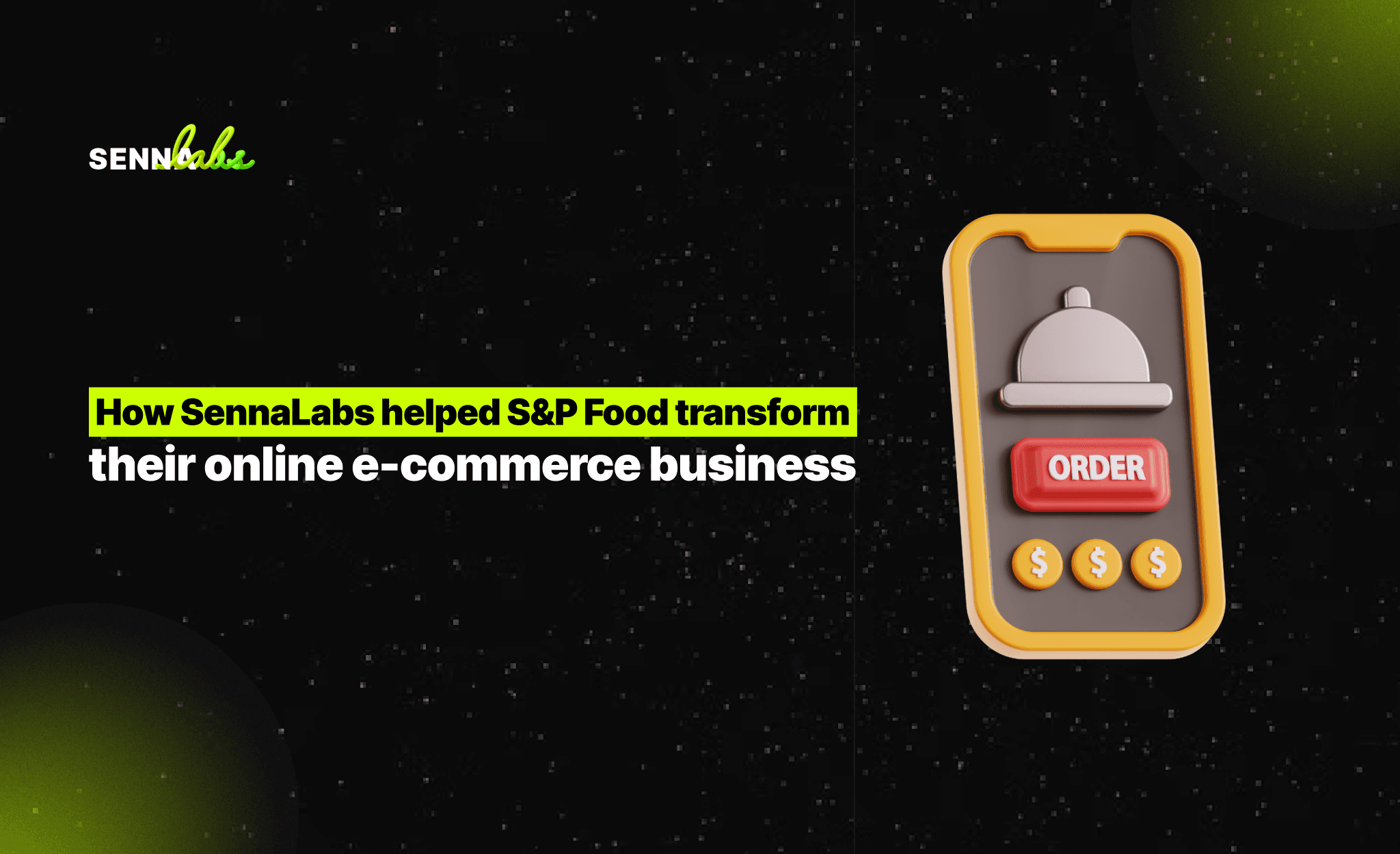Cross-Border Legal Challenges for AI Agents
Share

As Artificial Intelligence (AI) agents become integral to global operations, they bring a new layer of complexity to cross-border legal compliance. Whether used for e-commerce, logistics, or financial transactions, AI agents often operate across multiple jurisdictions, each with distinct laws and regulations. This poses significant challenges for businesses as they navigate conflicting legal frameworks, especially when AI-driven actions inadvertently violate national or international laws.

How AI Agents Operate Globally
AI agents are designed to automate decision-making and interactions, often transcending borders through digital platforms. For example:
-
E-commerce Bots: AI agents recommend and sell products to customers worldwide, often processing payments and arranging logistics autonomously.
-
Logistics and Supply Chain Management: AI systems optimize global shipping routes, manage customs documentation, and track deliveries across countries.
-
Financial Services: AI agents analyze global market trends and execute cross-border transactions for businesses and individuals.
While these applications enhance efficiency and expand market reach, they also expose businesses to regulatory risks.
Legal Complexities in Cross-Border AI Operations
1. Varying Legal Frameworks
Each country has its own laws governing AI, data privacy, consumer protection, and trade. For AI agents operating globally, ensuring compliance with these diverse regulations can be overwhelming.
Example: Data privacy laws such as the GDPR in Europe may conflict with data-sharing requirements in other jurisdictions.
2. Import/Export Restrictions
AI agents in e-commerce may unintentionally breach trade restrictions by selling prohibited goods or failing to comply with customs requirements.
Use Case:
An AI-driven e-commerce bot sells high-tech gadgets globally, including to countries with strict import/export restrictions. The bot processes orders without screening for regulatory compliance, resulting in shipments being flagged and penalties imposed for violating trade laws.
3. Liability and Accountability
Determining responsibility for AI agents’ actions is a growing legal challenge, particularly in cross-border contexts. Questions arise about who is liable when an AI agent violates local laws—the business owner, the AI developer, or the platform hosting the agent.
4. Consumer Protection Laws
AI agents must comply with consumer rights in each jurisdiction, such as refund policies, advertising standards, and product labeling. Inconsistent practices may lead to legal disputes or reputational damage.
5. Ethical and Cultural Considerations
AI agents may unintentionally offend cultural norms or operate in ways deemed unethical in certain regions, further complicating global operations.
Use Case: Breach of Import/Export Restrictions
Scenario:
An AI-driven e-commerce bot autonomously sells electronics globally, including to countries where some products are restricted due to trade sanctions or regulatory requirements. The bot fails to screen for prohibited destinations or to obtain necessary export licenses, leading to shipments being seized by customs authorities.
Consequences:
-
Financial penalties and fines for the business.
-
Reputational damage due to non-compliance with international trade laws.
-
Disruption in operations and loss of customer trust.
Lessons Learned:
-
Businesses must implement robust compliance mechanisms for AI agents operating across borders.
-
Regular updates to AI systems are essential to reflect changes in international trade laws.
Strategies for Managing Cross-Border Legal Challenges
1. Implement Regulatory Monitoring
AI systems must be equipped to monitor and adapt to regulatory changes in real-time. Partnering with legal experts or using compliance software can help keep track of global laws.
2. Geo-Fencing for AI Operations
Restrict AI activities to jurisdictions where compliance is assured. For example, e-commerce bots can be programmed to exclude countries with complex import/export regulations.
3. Enhance Data Governance
Ensure AI agents handle data in compliance with privacy laws in each jurisdiction. Implement encryption and anonymization techniques to protect user data.
4. Build Legal Safeguards
Incorporate legal checks into AI workflows, such as automated screening for trade restrictions or prohibited goods.
5. Foster Collaboration Across Teams
Legal, technical, and operational teams must work together to ensure AI agents operate within the bounds of international laws.
Benefits of Proactive Compliance
-
Avoid Legal Penalties: Ensuring compliance minimizes the risk of fines and legal disputes.
-
Build Consumer Trust: Adhering to local laws enhances the reputation of a business in international markets.
-
Enhance Operational Efficiency: AI systems designed with compliance in mind reduce disruptions caused by regulatory issues.
-
Expand Market Reach: Businesses can confidently operate in diverse jurisdictions when compliance mechanisms are robust.
Future Outlook: Harmonizing AI Regulations
As AI continues to evolve, the lack of uniformity in global regulations remains a significant challenge. Efforts to create international standards for AI governance, such as the work of the OECD and UNESCO, may help reduce legal uncertainties for businesses. Until then, companies deploying AI agents must invest in compliance frameworks that account for the complexities of cross-border operations.
Conclusion
AI agents offer businesses unparalleled opportunities for global expansion, but navigating the legal landscape across jurisdictions requires careful planning and robust compliance mechanisms. By addressing challenges such as import/export restrictions, data privacy, and liability, businesses can leverage AI to drive growth while mitigating legal risks. Proactive strategies and continuous monitoring are key to ensuring AI agents operate ethically, legally, and effectively on the global stage.

Share

Keep me postedto follow product news, latest in technology, solutions, and updates
Related articles
Explore all


